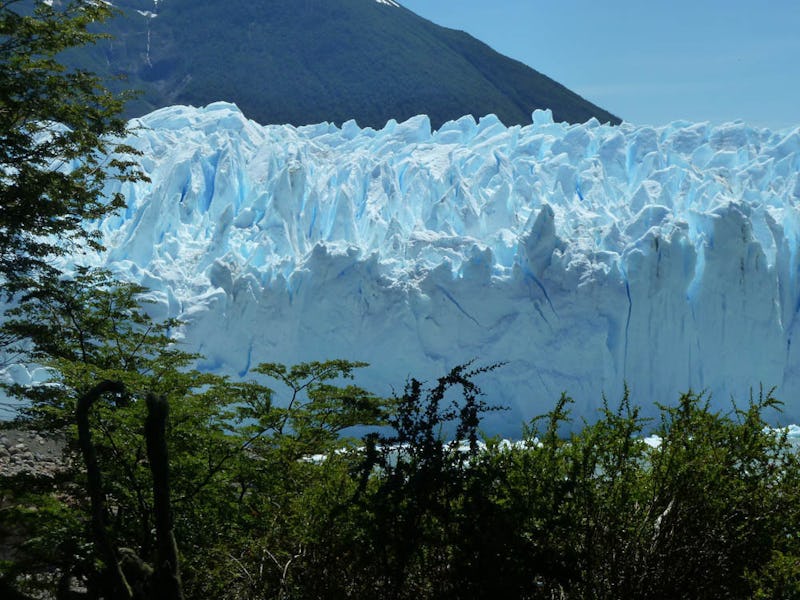Last Interglacial Period Had Similar Temps, Higher Sea Levels
What does this mean for coastal cities?

The last time the Earth’s oceans were this warm, coastlines were a lot farther inland than they are now. In a study published in the academic journal Science on Thursday, January 19, climate scientists say that current sea surface temperatures are indistinguishable from those of the last interglacial period, which occurred from about 129,000 to 116,000 years ago. This has troubling implications for current global climate trends, since sea levels during that period were 6-9 meters — 20-30 feet — higher than present. Researchers say this similarity between current conditions and past conditions could provide strong support for validating current climate change models, allowing scientists to see how the Earth operated in warmer climates.
For this study, first author Jeremy S. Hoffman, a climate scientist who was at Oregon State University at the time of his research, and his colleagues used 104 different records of sea surface temperatures from the last interglaciation. These records, published by various climate scientists over the years, come from 83 marine sediment core sites. Hoffman and his colleagues analyzed these samples along with temperature data sets from 1870-1889 and 1995-2014. They found that the peak sea surface temperatures during the last interglacial period were only a little higher than the 1870-1889 period and indistinguishable from the 1995-2014 period. Plus, sea levels were much higher back then.
This means that over a hundred thousand years ago, sea surface temperatures were pretty much the same as they are now, but sea levels were way higher. Imagine what Miami or New Orleans, cities already facing serious consequences due to sea level rise, would look like if the ocean was that high. “‘Beachfront property’ would have had a very different meaning,” Hoffman tells Inverse via email.
These tables, from the study, show where the historic samples came from as well as historic carbon dioxide concentrations
Hoffman says that understanding how the climate operated back then will help us build better climate models today. “If we can accurately simulate the climate of the last interglaciation, a recent warm period in Earth’s history,” Hoffman says, “we can feel much more confident about our understanding of how the Earth operates within warmer climates.”
These tables, from the study, show the temperatures during the time periods in question
The fact that Hoffman and his colleagues compiled this large number of historical records places this study apart from other similar research, says Dr. Allegra LeGrande, a physical research scientist at NASA’s Goddard Institute for Space Studies who was not involved in this research. “You see a lot of these big papers that are just a single record,” LeGrande tells Inverse. “This is quite a bit more than that, taking a lot of records and putting them together in an intelligent way so you can say something about global temperatures and not just a region.”
LeGrande says the implications of this research are surprising. “With temperatures only a little warmer, the climate conditions consistent with that amount of warming are 5-9 meters higher sea level,” she tells Inverse.
As always, there’s more research to be done. But in the meantime, Hoffman and his colleagues have added our body of knowledge surrounding global climate change. Hopefully other researchers can use these findings to help improve computer models to give a more accurate picture of the Earth’s climate in coming years. “The last interglaciation is a great example of natural climate change in action,” Hoffman says. “The more we can learn about warm periods in Earth’s past, the better prepared we can be for changes in Earth’s future.”